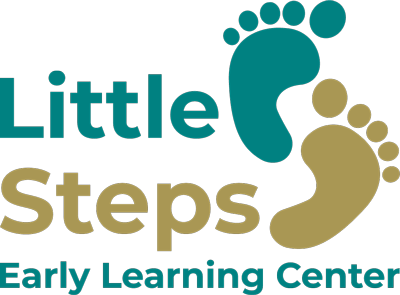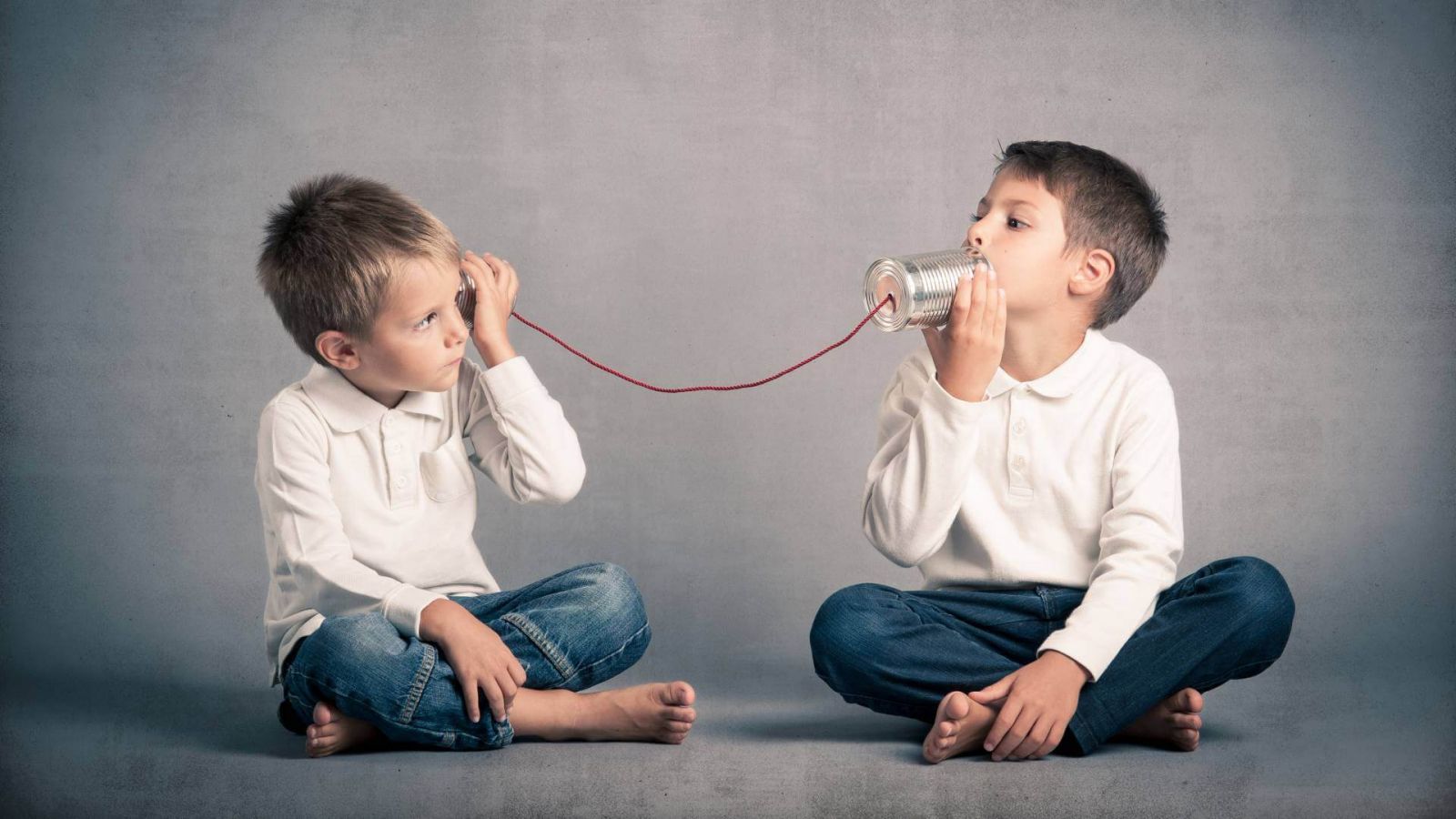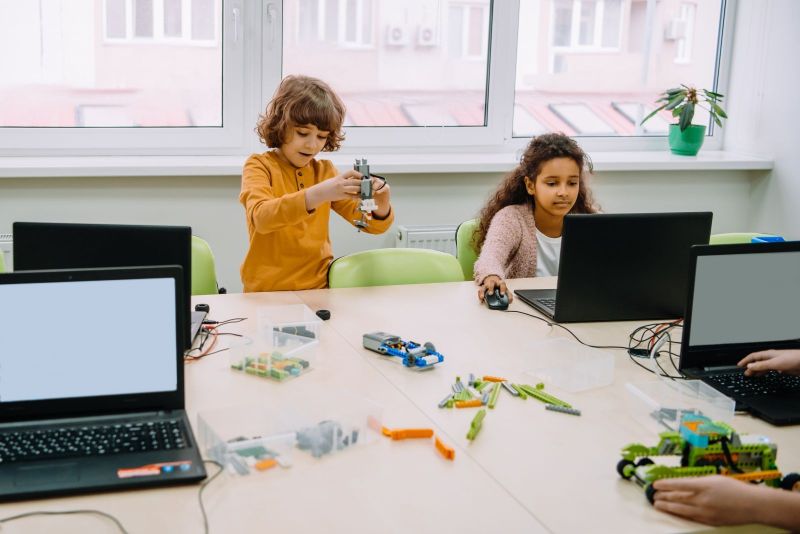Early childhood is a crucial time for a child's development. During this period, children absorb information at a rapid pace, and their experiences shape their perceptions of the world. As an educator, creating a fun and engaging environment for early learners is essential in fostering a positive learning experience. Here are some strategies that can be used to create an environment that encourages young learners to thrive.
Create a Safe and Welcoming Space
A safe and welcoming environment is the foundation of a positive learning experience. Creating a space that is physically and emotionally safe is essential in encouraging early learners to feel comfortable and confident. Consider using bright and colorful decorations, soft furnishings, and sensory toys that appeal to young children. In addition, it's important to establish clear boundaries and expectations for behavior to promote a sense of structure and predictability. When children feel safe, they are more likely to be engaged and receptive to learning.
Incorporate Play-Based Learning
Play-based learning is an effective way to engage early learners and promote their natural curiosity. Children learn through play, and incorporating play-based learning into the curriculum can make learning more enjoyable and interactive. For example, using manipulatives like blocks, puzzles, and playdough can help children develop their fine motor skills and problem-solving abilities. Interactive games and activities that encourage movement, such as scavenger hunts and sensory walks, can help children develop their gross motor skills and sensory processing.
Use Visual Aids
Visual aids are an effective way to engage young learners and reinforce concepts. Using visual aids like charts, diagrams, and illustrations can help children understand abstract ideas and make connections between concepts. For example, a visual representation of the lifecycle of a butterfly can help children understand the stages of development and the changes that occur. Visual aids can also be used to reinforce positive behaviors and expectations, such as displaying a chart that tracks a child's progress in following classroom rules.
Incorporate Music and Movement
Music and movement are powerful tools for engaging early learners and promoting physical and cognitive development. Incorporating music into the classroom can help children develop their language skills, memory, and creativity. For example, singing songs and rhymes can help children develop their phonemic awareness and vocabulary. Using movement activities like dance and yoga can help children develop their coordination, balance, and spatial awareness.
Encourage Exploration and Discovery
Encouraging exploration and discovery is a key aspect of creating a fun and engaging environment for early learners. Providing opportunities for children to explore and discover their environment can promote their natural curiosity and foster a love of learning. For example, setting up a science exploration station with magnifying glasses, microscopes, and specimens can help children learn about the natural world. Encouraging children to ask questions, make predictions, and test their ideas can help develop their critical thinking and problem-solving skills.
Collaborate with Families
Collaborating with families is an important aspect of creating a fun and engaging environment for early learners. Families are a child's first and most important teachers, and involving them in their child's education can help promote a sense of partnership and support. Communicating regularly with families about classroom activities, goals, and expectations can help them feel involved and invested in their child's learning. In addition, involving families in classroom activities and events can help create a sense of community and reinforce the importance of learning at home and at school.
Creating a fun and engaging environment for early learners is essential in fostering a positive learning experience. Using strategies such as creating a safe and welcoming space, incorporating play-based learning, using visual aids, incorporating music and movement, encouraging exploration and discovery, and collaborating with families can help create an environment that encourages young learners to thrive. By providing a positive learning experience in early childhood, educators can help children develop a strong foundation for future academic and personal success. Early childhood education is a critical component in ensuring that children are prepared for the challenges and opportunities that lie ahead. By creating a fun and engaging environment, educators can help children develop a love of learning that will stay with them throughout their lives.


